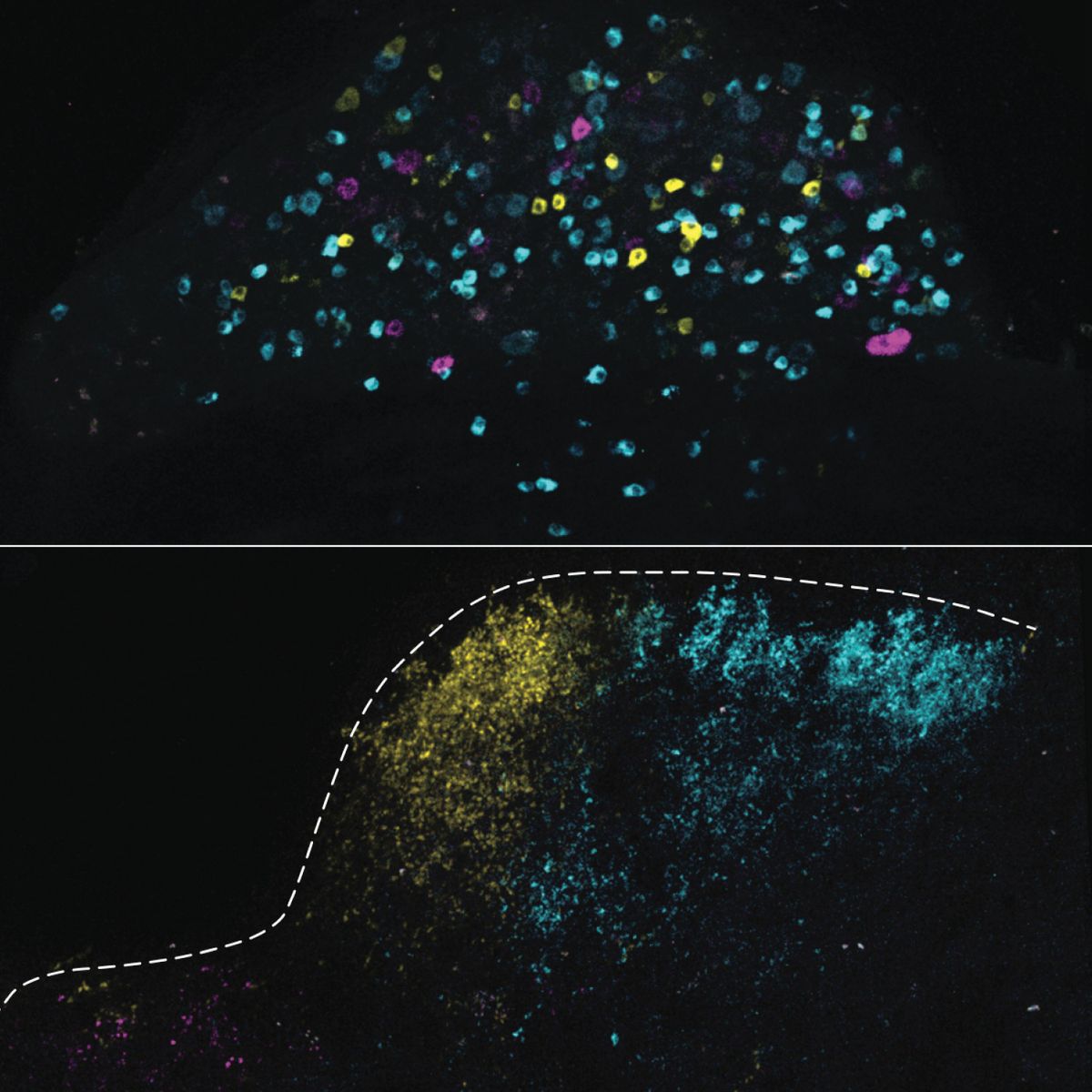The Mechanoreceptive Ion Channel PIEZO2 Plays a Critical Role in Sexual Function

Uncovering the biomechanical processes underlying human touch and sensation is critical to understanding this essential human function and key to discovering potential new approaches to treating pain, a key National Center for Complementary and Integrative Health (NCCIH) priority. NCCIH’s research is contributing to a growing understanding of the mechanoreceptive ion channel PIEZO2 and its essential role in discriminative touch in both mice and humans, in different parts of the body.
Prior NCCIH studies have elucidated PIEZO2’s role in:
- Pain and the cellular function in transmitting pain
- Balance, movement, and proprioception
- Urinary function
- Gastrointestinal function
Although the discovery of PIEZO2 has increased the understanding of touch, far less is known about mechanosensation and the role of PIEZO2 in sexual and reproductive function, including how physiological responses are triggered.
A new study reveals that PIEZO2 is necessary for behavioral sensitivity to perineal touch. The study, published in the journal Science, was led by investigators from NCCIH, Brown University, the National Institute of Dental and Craniofacial Research, Scripps Research Institute, and the National Institute of Neurological Disorders and Stroke. The team found that a specialized group of neurons that innervate the perineal region trigger touch-evoked sexual response and are needed for mating and pleasurable touch through the mechanical activation of the PIEZO2 receptor.
For this study, the investigators developed a series of behavioral and functional imaging tests to evaluate genital mechanosensation and examine sexual function in mice with and without the functional PIEZO2 protein. Using von Frey filaments (thin fibers that are used to touch the skin with standard amounts of force), they evaluated a mouse’s response to stimulation of the perineum—the region extending from the anus to the genitals in male and female mice— compared to the response to stimulation of the plantar (bottom) surface of the animal’s paw. Even the finest von Frey filament tested on the perineum of mice with intact PIEZO2 ion channels resulted in an investigative response from every animal, indicating sensitivity of the perineum to forces below those that reliably trigger responses at other locations. Mice with the Piezo2 gene inactivated in cells below the mid-thoracic region, however, had profound loss of behavioral response to the von Frey filaments.
The data showed that PIEZO2 was crucial for triggering extreme behavioral responses to the most minimal perigenital touch in mice. And without the PIEZO2 touch receptor, touch stimulation of the genital region, even at higher intensities, rarely elicited any behavioral response. The deficit in PIEZO2-dependent touch also interfered with copulation and reproduction among the mice.
Anatomical studies have identified specialized groups of myelinated sensory nerve cells that are likely to be involved in genital sensation. But the data from this research establishes the involvement of a different type of sensory neuron, the perineal c-fiber low threshold mechanoreceptors (cLTMR), as a crucial driver of sexual function.
In clinical evaluations and surveys, three men and two women with PIEZO2-deficiency syndrome reported severe hyposensitivity in genital sensation. Despite their marked mechanosensory deficit, all described sexual activity as satisfying and rewarding. This finding reinforces prior research showing that other types of sensory input can compensate for deficits caused by loss of PIEZO2 function, and suggests that the same cellular, biomechanical, and neurological “work-arounds” occur in human sexual touch.
The investigators said the crucial role of PIEZO2 for perineal touch in mice and humans may hold therapeutic potential. Topical PIEZO2 inhibitors might be useful for targeted relief of genital hypersensitivity and pain, and agonists of PIEZO2 may help to alleviate genital hyposensitivity.
Reference
- Lam RM, von Buchholtz LJ, Falgairolle M, Osborne J, Frangos E, Servin-Vences MR, Nagel M, Nguyen MQ, Jayabalan M, Saade D, Patapoutian A, Bönnemann CG, Ryba NJP, Chesler AT. Piezo2 and perineal mechanosensation are essential for sexual function. Science. August 25, 2023. [Epub ahead of print.]
Additional Resources
New Insights Into the Molecules and Neurons Responsible for Sense of Touch
Publication Date: August 25, 2023